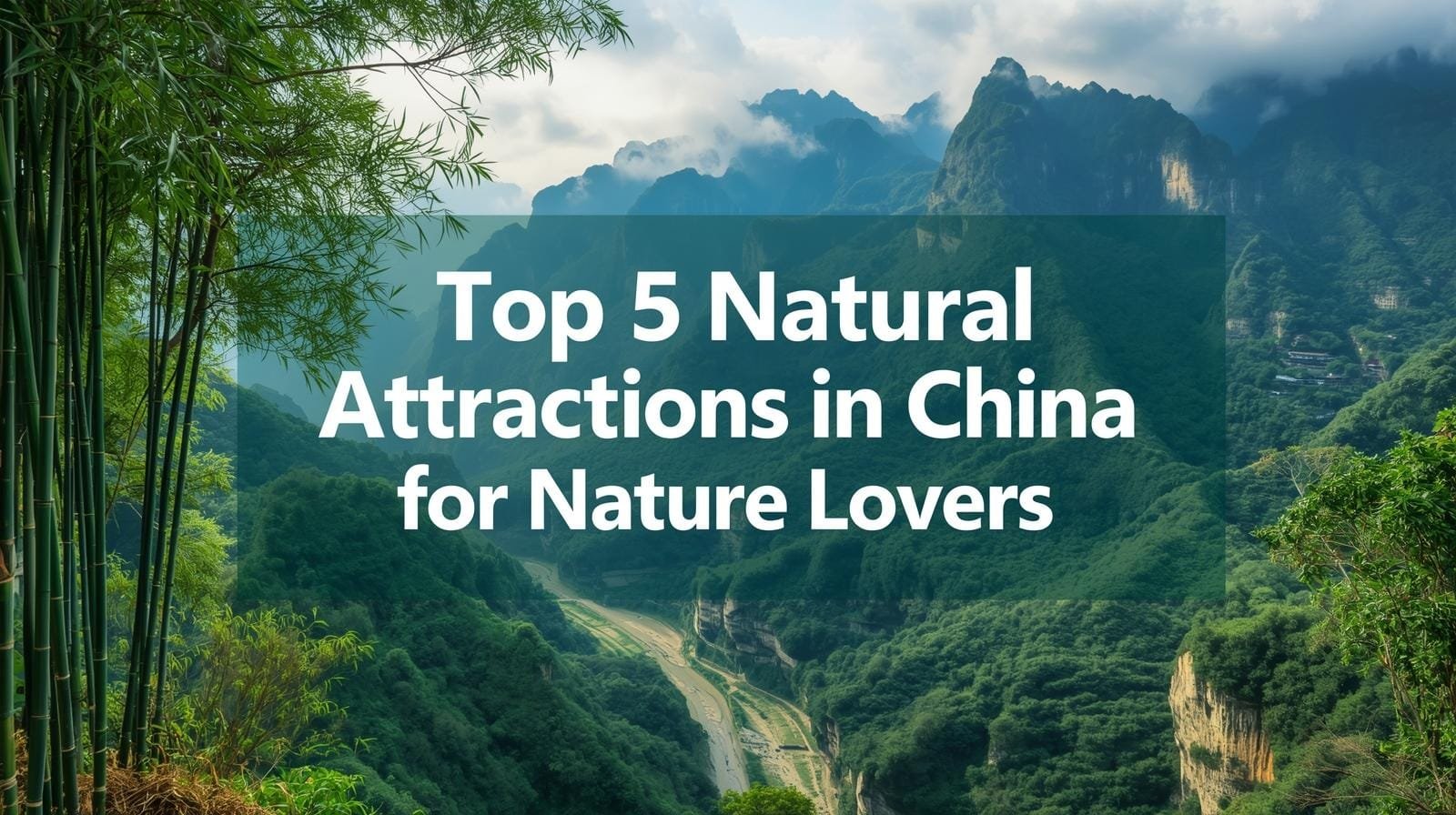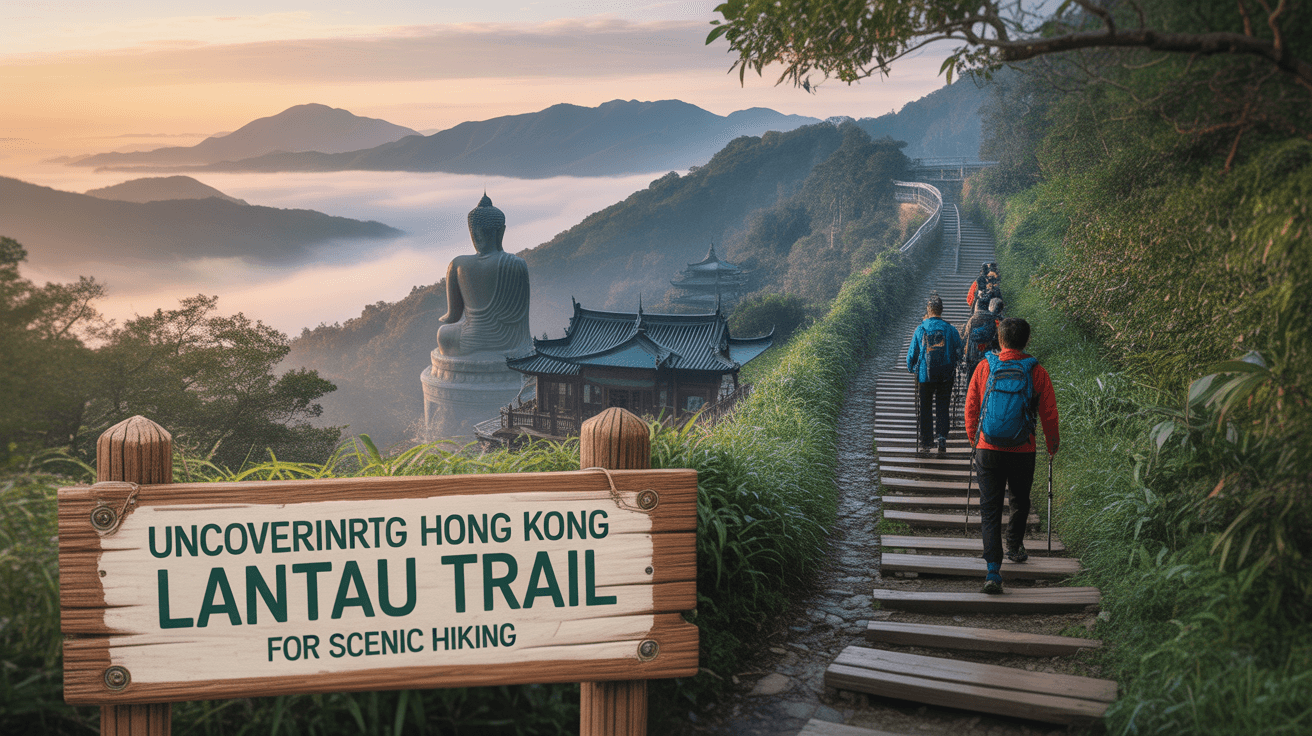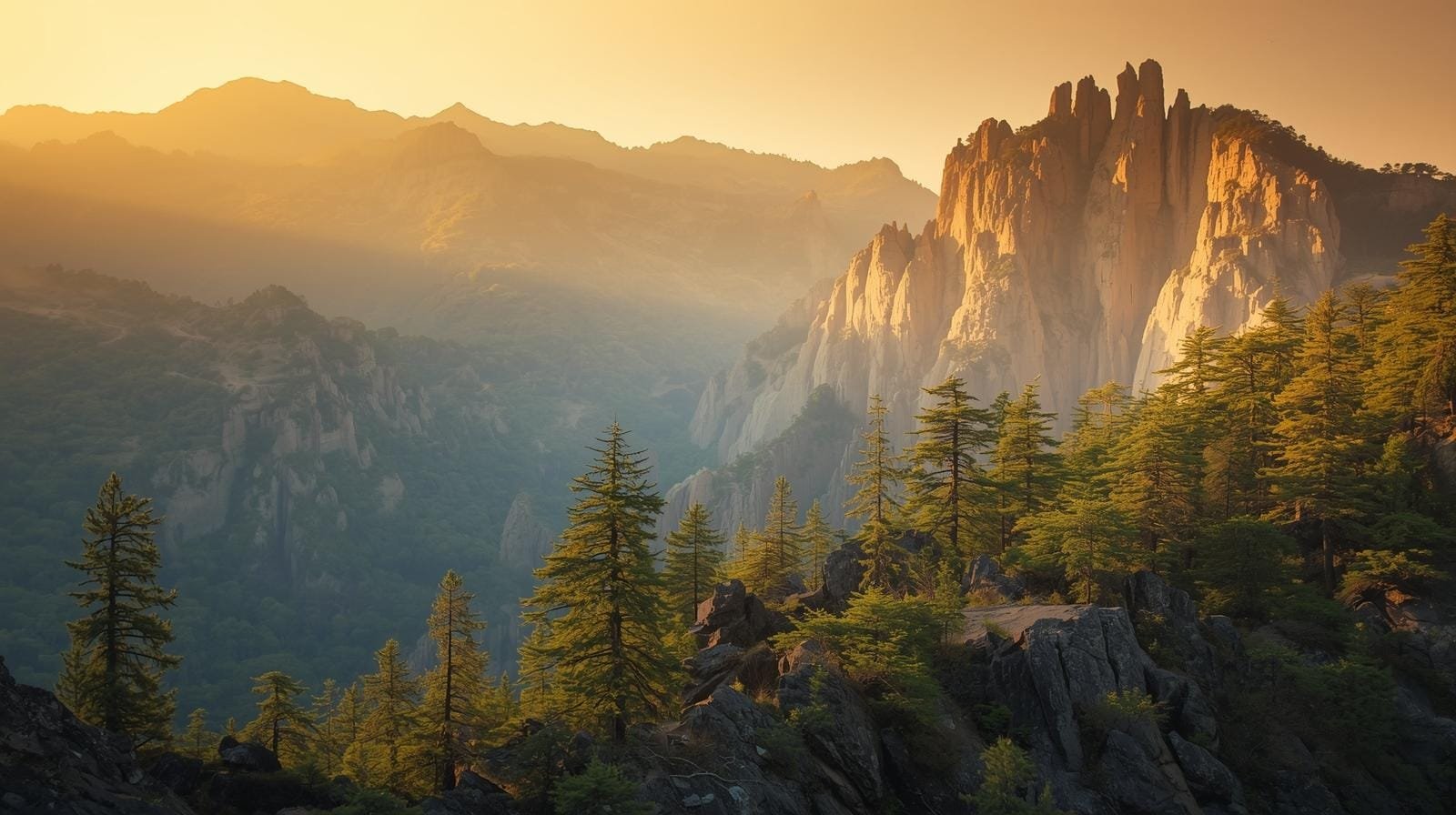Top 5 Natural Attractions in China for Nature Lovers
China is a land of breathtaking diversity, where ancient mountains meet crystal-clear waters and misty forests whisper tales of timeless beauty. For nature lovers, the country’s China scenic spots offer an unparalleled escape into the heart of the planet’s most iconic landscapes. From towering karst formations to vibrant national parks, these China nature wonders have inspired poets, artists, and adventurers for centuries. Whether you’re planning your first trip or seeking hidden gems, exploring these sites promises unforgettable experiences that blend serenity with awe.
Here at jusha.travel, we’re passionate about guiding travelers through China’s natural splendor. In this post, we’ll dive into the top five must-visit iconic China landscapes, highlighting why they’re essential for any nature enthusiast’s itinerary. Drawing from UNESCO-recognized treasures and local insights, we’ll share practical tips to make your journey seamless and enriching. Get ready to discover why China’s China national parks are more than just destinations—they’re portals to wonder.
1. Li River and Guilin Karst Landscape: A Painter’s Dream
The Li River in Guangxi Province is arguably one of the most mesmerizing China scenic spots, famed for its dramatic karst hills that rise like emerald fingers from the misty waters. This UNESCO World Natural Heritage site stretches from Guilin to Yangshuo, showcasing a landscape so surreal it’s featured on China’s 20 RMB banknote. For nature lovers, the karst formations—limestone peaks sculpted over millions of years by wind and water—offer a glimpse into geological artistry at its finest.
Embark on a classic river cruise to truly immerse yourself in these iconic China landscapes. As you glide along the tranquil waters, you’ll spot water buffaloes grazing, fishermen using traditional cormorant birds, and peaks shrouded in morning fog. Don’t miss the Reed Flute Cave nearby, with its glowing stalactites illuminated by colorful lights, or the Dragon’s Backbone Rice Terraces, where cascading green steps create a living tapestry during harvest season.
Practical tip: Visit from April to October for lush greenery and calm rivers, avoiding the summer rains that can muddy the views. Pack comfortable walking shoes for trails around Yangshuo, where you can cycle through bamboo groves or join a cooking class to learn local rice noodle dishes infused with fresh river fish. For budget-conscious travelers, check out our guide on the Cost of Traveling to China: A Family Budget Guide to plan affordably. A cruise typically costs around 200-300 RMB ($30-45 USD), making it accessible yet magical.
Culturally, this area reflects the harmony between humans and nature, with Zhuang ethnic minorities sharing folklore about the peaks’ mythical origins. It’s a reminder of China’s deep-rooted reverence for the environment, perfect for reflective hikes at dawn.
2. Jiuzhaigou Valley National Park: Turquoise Paradise in the Mountains
Nestled in Sichuan Province on the Tibetan Plateau’s edge, Jiuzhaigou Valley National Park is a jewel among China national parks, renowned for its crystalline lakes and cascading waterfalls. This UNESCO World Heritage Site spans 720 square kilometers of alpine forests, where over 100 turquoise pools shimmer in hues of jade and cobalt due to mineral-rich waters and suspended particles. It’s often called a “fairyland” for its pristine, untouched beauty—one of China’s ultimate China nature wonders.
Explore the three main valleys: Rize, Zechawa, and Shuzheng, each dotted with highlights like Five Flower Lake, where colorful leaves create an underwater rainbow, and Nuorilang Waterfall, China’s widest. The park’s biodiversity is staggering, home to giant pandas, golden snub-nosed monkeys, and over 220 bird species, making it ideal for eco-conscious hikers.
Autumn (October-November) is prime time, when fiery foliage contrasts the electric-blue waters, though expect crowds—book permits in advance via the park’s app. Trails are well-marked but include steep sections; electric buses shuttle between sites for ease. For adventure seekers, consider Cycling Through China: Best Routes for Two-Wheeled Adventures, as nearby paths offer thrilling rides through similar terrains.
Cultural insight: The valley’s Tibetan villages, like Zhangzha, offer homestays where you can taste butter tea and yak cheese, blending nature with authentic minority traditions. Fun fact: Jiuzhaigou’s waters are so pure they’re used in traditional Tibetan medicine, symbolizing purity in Chinese philosophy.
3. Huangshan (Yellow Mountain): Peaks in the Clouds
Mount Huangshan in Anhui Province stands as a pinnacle of iconic China landscapes, celebrated for its “sea of clouds,” twisted pines, and granite peaks that have fueled Chinese art for over 1,500 years. As a UNESCO site, this China scenic spot features 72 peaks soaring above 1,000 meters, including the famous Bright Summit for sunrise views that dissolve into ethereal mists.
Hike the pine-lined trails or ride cable cars to reach hotspots like the Welcoming Pine, a gnarled tree defying gravity on sheer cliffs. The area’s hot springs provide post-hike relaxation, bubbling with mineral-rich waters believed to heal ailments in traditional Chinese medicine.
November to May offers the best cloud formations, with fewer tourists than summer. Stay overnight in mountain hotels for stargazing—Huangshan’s skies are remarkably clear. For luxury lovers, pair this with insights from our post on Luxury Train vs. Boutique Hotel: Best China Travel Splurge, as high-speed trains from Shanghai make access effortless.
Historically, Huangshan inspired poets like Li Bai, who described it as a bridge to immortals. Today, it’s a testament to sustainable tourism, with trails preserved to protect its delicate ecosystem.
4. Zhangjiajie National Forest Park: Avatar’s Otherworldly Pillars
In Hunan Province, Zhangjiajie National Forest Park captivates with its 3,000+ quartz-sandstone pillars, rising like alien spires from misty ravines—the real-life inspiration for Avatar’s Hallelujah Mountains. This UNESCO China national park covers vast forests and gorges, delivering one of the most fantastical China nature wonders.
Key areas include Tianzi Mountain for panoramic views and the Bailong Elevator, the world’s tallest outdoor lift, ascending 326 meters in seconds. Daredevils love the glass-bottomed Zhangjiajie Grand Canyon Bridge, suspended 400 meters high.
Spring (March-May) or autumn (September-November) brings mild weather and swirling fogs that enhance the surreal vibe. Entry is about 248 RMB ($35 USD), including bus access. For tech-savvy travelers, explore how apps guide trails, echoing innovations in Discovering Shanwei’s Smart Fishing Tech and Coastal Cultural Tech.
The Tujia people’s folklore ties the pillars to ancient gods, adding cultural layers to your hikes amid rare flora and fauna.
5. Yangtze River and the Three Gorges: River of Legends
The Yangtze River’s Three Gorges—Qutang, Wu, and Xiling—in Hubei and Chongqing form China’s grandest waterway spectacle, a UNESCO-recognized stretch of towering cliffs and swirling mists. This iconic China landscape blends raw power with serenity, from the narrow Qutang’s roaring rapids to Wu’s poetic canyons.
A multi-day cruise is the way to go, revealing hanging coffins from ancient Ba culture and the massive Three Gorges Dam, a marvel of modern engineering. The river supports unique species like the Chinese sturgeon, highlighting biodiversity conservation.
April to December suits cruises, with milder weather. Costs start at 1,000 RMB ($140 USD) for basic options. For coastal vibes, link to Exploring Hong Kong Sai Kung Seafood Restaurants for Coastal Dining, as Yangtze delicacies like river fish echo regional flavors. Temples like Shibaozhai add historical depth, tying nature to China’s cradle of civilization.
One more gem: After your nature fix, indulge in a local treat—perhaps exploring Shunde Double-Skin Milk for Creamy Guangdong Delights on a side trip.
Conclusion: Embrace China’s Natural Embrace
From the ethereal karst of the Li River to the pillar forests of Zhangjiajie, these top five China scenic spots and China national parks showcase the boundless diversity of China nature wonders and iconic China landscapes. Each destination not only dazzles the senses but also weaves in cultural threads, from Tibetan villages to ancient river lore, enriching your travel with stories that linger long after the trip ends.
China’s natural treasures remind us of the importance of preservation, inviting us to tread lightly while soaking in their splendor. Whether hiking Huangshan’s peaks or cruising the Yangtze, these sites promise transformative adventures for every nature lover.
Here at jusha.travel, we’re dedicated to inspiring your China explorations with practical, heartfelt guides. What’s your favorite natural spot in China? Share in the comments below, or browse more articles like our budget tips and adventure routes for deeper dives. Plan your trip today and let China’s wonders unfold!




